Magazine Zone: Audio Playback - History & Technology || Issue 13 - Vol. 38 [ENG-ESP]
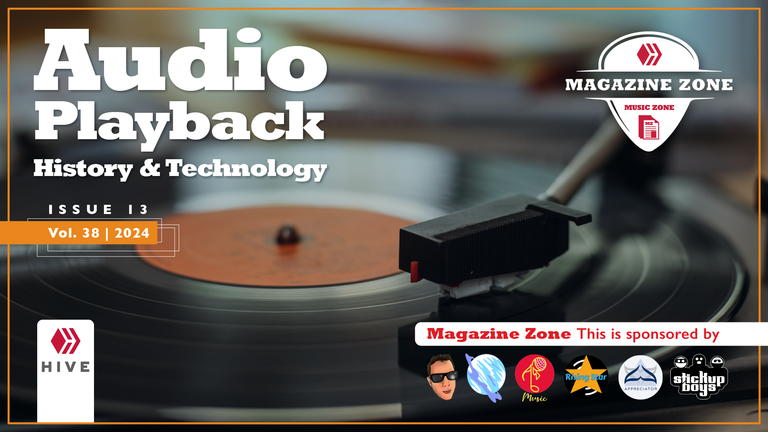
Audio Playback - History & Technology
Reproducción de Audio - Historia & Tecnología
When things are routine and normal for us, we stop noticing the details. Nowadays we tend to spend all day listening to music, there are many hours we dedicate to it, as well as other types of audio that involve sound reproduction, such as podcats, for example. Just as we have stopped wondering how electricity works and everything that helps us in everyday life, in the same way happens with the audio playback; much less, how it would be its evolution and since when we are linked to it living some stages of change. In this publication, Magazine Zone wants to share with you a little of its origin and history.
Cuando las cosas son rutinarias y normales para nosotros dejamos de percatarnos de los detalles. Hoy en día tendemos a pasar todo el día escuchando música, son muchas horas en la que nos dedicamos a ello, así como también otros tipos de audio que involucran la reproducción sonora, como los podcats, por ejemplo. Así como nos hemos dejado de preguntar como funciona la electricidad y todo lo que nos ayuda en la vida diaria, de la misma manera sucede con el reproducción del audio; mucho menos, como sería su evolución y desde cuando nos vinculamos con ella viviendo algunas etapas de su cambio. En esta publicación, Magazine Zone quiere compartir contigo un poco de su origen e historia.

🔸
🔸 Para todos los adictos a las grandes melodías.


The first music player, called the Phonograph, was developed by inventor Tomas Edison in 1877. Here began the whole development of the sound reproduction industry. Many years later, in 1888, Emilio Berliner developed another player similar to Edison's, with only a few differences. This great invention gave birth to the Tocadiscos, the greatest revolution in history, which took the experience of listening to music to another level. Listening to music in this way was something out of this world, so much so that today it has returned to these devices, with improvements thanks to advances in technology. Many famous music artists have released special releases of their records on vinyl.
El primer reproductor de música llamado Fonógrafo, fue desarrollado por el inventor Tomas Edison en el año 1877. Aquí empezó toda el desarrollo de la industria de la reproducción de los sonidos. Muchos años después, en 1888, Emilio Berliner desarrollo otro reproductor similar al de Edison, solo con algunas diferencias. Esta gran invención doy origen al Tocadiscos, la revolución más grande de la historia, que llevó la experiencia de escuchar música a otro nivel. Escuchar música de esta manera fue algo de otro mundo, tanto que hoy en día se ha regresado a estos aparatos, con mejoramientos gracias a los avances de la tecnología. Muchos artistas famosos de la música han sacado lanzamientos especiales de sus discos en vinilo.

IMG PAGE
Source | Fuente
Science continued to advance and listening to music took it somewhere else, now easily portable. The inventor Phillis, in 1963, invented the cassette, which allowed the creation of the first audio playback devices, now in portable form. By 1979 the Walkman was invented, bringing music anywhere. Many here will remember the great promotion made by Aiwa through Marty McFly in the movie "Back to the Future" to listen to Van Halen; BTTF Aiwa Walkman Model 3d. No doubt this was an absolute novelty at the time. A decade later, in 1990, the new way to listen to music was through the Compact Disc (CD). The compact disc cornered the market, less and less cassettes were seen; obviously, the audio quality was gigantically superior to anything experienced to date.
La ciencia siguió avanzando y escuchar música lo llevaron a otra parte, ahora de fácil traslado. El inventor Phillis, en 1963, invento el cassette, que permitió la creación de los primeros dispositivos de reproducción de audio, ahora de forma portátil. Para el año 1979 se inventó el Walkman, llevando la música a cualquier lugar. Muchos acá recordaran la gran promoción que hizo Aiwa a través de Marty McFly en la película "Volver al Futuro" para escuchar a Van Halen; BTTF Aiwa Walkman Modelo 3d. Sin duda esto fue una absoluta novedad en su tiempo.

🔸


A decade later, in 1990, the new way of listening to music was through the Compact Disc (CD). The compact disc cornered the market, less and less cassettes were seen; obviously, the audio quality was gigantically superior to anything experienced to date. With this advance, the Discman was created, a portable device approximately the size of a CD, which was powered by batteries and used with headphones. Sony was one of the companies that dominated the market with the manufacture of excellent high quality devices. This was only the beginning of the high quality digital audio format, both for playback and recording.
Una década después, en 1990, la nueva forma de escuchar música fue a través del Compact Disc (CD). El disco compacto acaparó el mercado, cada vez se veía menos cassettes; obviamente, la calidad de audio era gigantescamente superior experimentada hasta la fecha. Con este avance se crearon los Discman, un dispositivo portátil con un tamaño aproximado del CD, el cual se alimentaba de pilas y se usaba con auriculares. Sony fue una de las empresas que predominó el mercado con la fabricación de excelentes dispositivos de alta calidad. Esto fue solo el inicio del formato de audio digital de alta calidad, tanto para la reproducción como para la grabación.

Source | Fuente
The auditory experience did not stop, the digital era was in full development, the creation of music players in mp3 format, a digital audio compressed that allowed you to accumulate many more hours of music in a memory. Depending on the capacity of the memory was reflected in the amount of musical hours at your disposal. This way of handling music files allowed the creation of new devices, offering a number of other advantages and benefits, being smaller and more convenient to carry. The manufacture of the iPod has been one of the creations that most impacted the market in terms of music playback.
La experiencia auditiva no se detenía, la era digital se encontraba en pleno desarrollo, surgió la creación de los reproductores de música en formato mp3, un comprimido de audio digital que te permitía acumular muchas más horas de música en una memoria. Según la capacidad de la memoria se reflejaba en la cantidad de horas musicales a tu disposición. Esta forma de manejar los archivos de música permitió la creación de nuevos dispositivos, ofreciendo otra cantidad de ventajas y beneficios, siendo más pequeños y cómodos de transportar. La fabricación del iPod ha sido una de las creaciones que más impactó el mercado en cuanto a la reproducción de música.

🔸


A word from Jesús
Unas palabras de Jesús
 Por: Jesús Tortolero | @yisusth
Por: Jesús Tortolero | @yisusth To enjoy the full hi-fi audio experience, you will need a range of equipment that is compatible with this technology. If you prefer to listen to music offline, you can use a portable hi-fi audio player or a portable DAC (digital-to-analog converter) that connects to your smartphone or tablet. The DAC is the component responsible for converting the digital audio signal into an analog signal that can be amplified and played through your speakers. It is important to choose a high-quality DAC that is compatible with the audio resolution you want to listen to (for example, 24-bit/96 kHz). You also need an amplifier that takes the analog signal from the DAC and amplifies it so that it can be reproduced by the speakers. The power of the amplifier will depend on the size and sensitivity of your speakers. The speakers are the final component in the audio chain and are responsible for reproducing the sound. For a high fidelity experience, it is important to choose high quality speakers that are capable of reproducing a wide range of frequencies. If you prefer to listen to music in private, you can use high-fidelity headphones. As with speakers, it is important to choose headphones that are capable of reproducing a wide range of frequencies and have a good impedance.
Para disfrutar de la experiencia completa del audio de alta fidelidad, necesitarás una serie de equipos que sean compatibles con esta tecnología. Necesitas un reproductor de streaming compatible con alta fidelidad, Si prefieres escuchar música sin conexión, puedes utilizar un reproductor de audio portátil de alta fidelidad o un DAC (convertidor digital a analógico) portátil que se conecte a tu smartphone o tableta. El DAC es el componente responsable de convertir la señal digital del audio en una señal analógica que pueda ser amplificada y reproducida por los altavoces. Es importante elegir un DAC de alta calidad que sea compatible con la resolución de audio que deseas escuchar (por ejemplo, 24 bits/96 kHz). También necesitas un amplificador que tome la señal analógica del DAC y la amplifique para que pueda ser reproducida por los altavoces. La potencia del amplificador dependerá del tamaño y la sensibilidad de tus altavoces. Los altavoces son el componente final de la cadena de audio y son responsables de reproducir el sonido. Para una experiencia de alta fidelidad, es importante elegir altavoces de alta calidad que sean capaces de reproducir un amplio rango de frecuencias. Si prefieres escuchar música en privado, puedes utilizar auriculares de alta fidelidad. Al igual que con los altavoces, es importante elegir auriculares que sean capaces de reproducir un amplio rango de frecuencias y que tengan una buena impedancia.
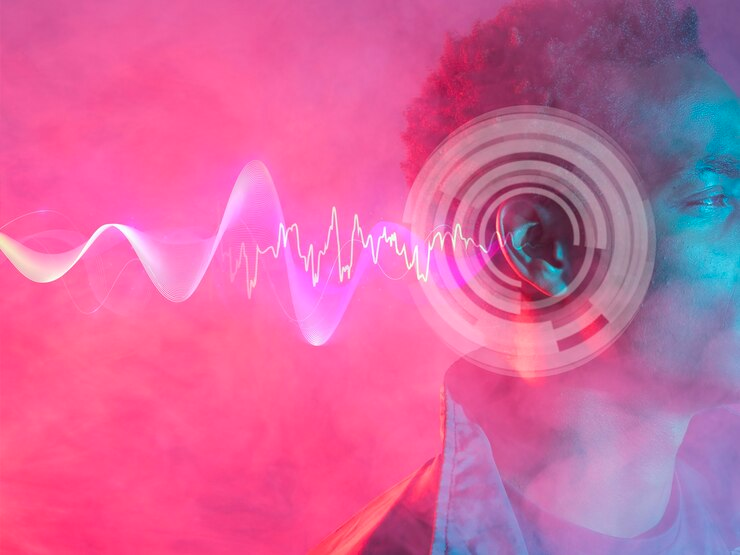
Source | Fuente
High-fidelity audio is likely to continue to grow in popularity in the coming years. As technology advances and prices for compatible equipment drop, more and more people will be able to enjoy this superior listening experience. If you are looking for a way to take your music experience to the next level, I recommend that you consider hi-fi audio. You will be amazed at the difference in sound quality and immersion it offers. I recommend that before you buy any equipment, it is important that you research and compare different options to find the ones that best suit your needs and budget. If you are not sure what equipment you need, you can consult with an audio specialist or visit a store specializing in hi-fi audio. It is important to keep in mind that sound quality depends not only on the equipment you use, but also on the quality of the recording of the music you listen to.
An unparalleled auditory journey: discover the new dimension of music with high-fidelity audio.
Es probable que el audio de alta fidelidad siga creciendo en popularidad en los próximos años. A medida que la tecnología avanza y los precios del equipo compatible bajan, cada vez más personas podrán disfrutar de esta experiencia auditiva superior. Si estás buscando una forma de llevar tu experiencia musical al siguiente nivel, te recomiendo que consideres el audio de alta fidelidad. Te sorprenderá la diferencia en la calidad del sonido y la inmersión que ofrece. Te recomiendo que antes de comprar cualquier equipo, es importante que investigues y compares diferentes opciones para encontrar los que mejor se adapten a tus necesidades y presupuesto. Si no estás seguro de qué equipo necesitas, puedes consultar con un especialista en audio o visitar una tienda especializada en audio de alta fidelidad. Es importante tener en cuenta que la calidad del sonido no solo depende del equipo que uses, sino también de la calidad de la grabación de la música que escuchas.
Un viaje auditivo sin igual: descubre la nueva dimensión de la música con el audio de alta fidelidad.
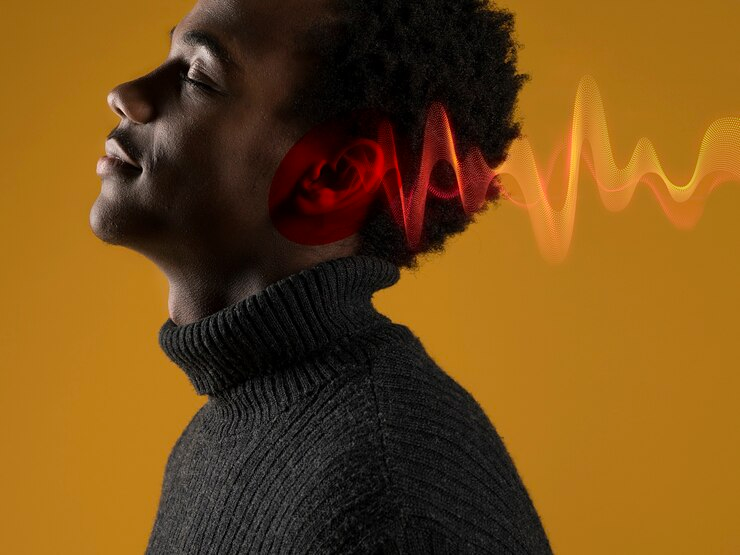
Source | Fuente

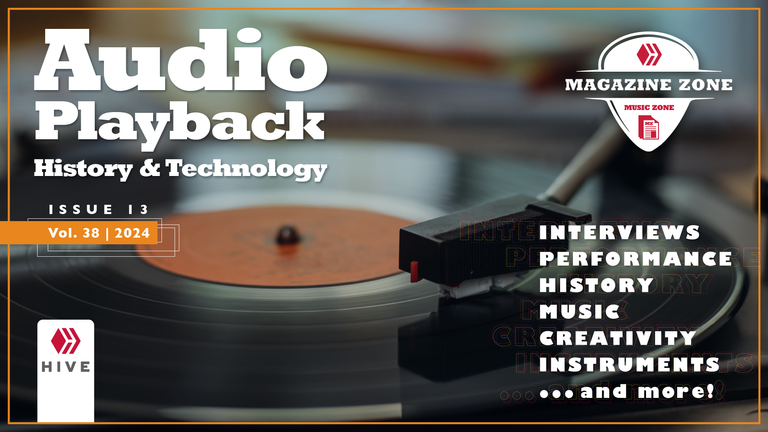

Previous volumes | Volúmenes anteriores

Issue 01 | Edición 01
 | Editorial -Vol. 01 |
|---|---|
 | Interview with Jasper Dick - Vol. 02 |
 | The Musical Language Evolves - Vol. 03 |
Issue 02 | Edición 02
 | Women's Musical Props - Vol. 04 |
|---|---|
 | Elements of music - Vol. 05 |
 | Digital Dialogue with Nahu Padilla - Vol. 06 |
Issue 03 | Edición 03
 | Musical Performance - Vol. 07 |
|---|---|
 | Musical melody - Vol. 08 |
 | Musical Rhythm - Vol. 09 |
Issue 04 | Edición 04
 | Musical Harmony - Vol. 10 |
|---|---|
 | Musical Branding - Vol. 11 |
 | Visual Identity for Musicians - Vol. 12 |
Issue 05 | Edición 05
 | For Practice Visual & Musical - Shakira "Acróstico" - Vol. 13 |
|---|---|
 | Performance in House - Vol. 14 |
 | Social Impact of Music - Vol. 15 |
Issue 06 | Edición 06
 | The Essence of Tuning - Vol. 16 |
|---|---|
 | Singing - Vocal Preparation - Vol. 17 |
 | Sing Your Heart Out - Vol. 18 |
Issue 07 | Edición 07
 | Conceptual Music Art - Vol. 19 |
|---|---|
 | The Art of Composing - Vol. 20 |
 ) ) | Song parts Composition - Vol. 21 |
Issue 08 | Edición 08
 | Musical Booklet - Vol. 22 |
|---|---|
 | Music Connection Resources & Tools - Vol. 23 |
 | Phases of Music Production - Vol. 24 |
Issue 08 | Edición 09
 | Music as Therapy - Vol. 25 |
|---|---|
 | Emotional Benefit of Music - Vol. 26 |
 | The Power of Music - Vol. 27 |
Issue 10 | Edición 10
 | The strength of habit - Vol. 28 |
|---|---|
 | Motivation - Vol. 29 |
 | Success - Vol. 30 |
Issue 11 | Edición 11
 | Audiovisual Pre-production - Vol.31 |
|---|---|
 | Preproduction Audiovisual & Music - Vol. 32 |
 | Post-Production Audiovisual & Music - Vol. 33 |
Issue 12 | Edición 12
 | Music, Passion and Life - Vol.34 |
|---|---|
 | Christmas Music and Tradition - Vol.35 |
 | Christmas Messages - Vol. 36 |
Issue 13 | Edición 13
 | New year challenges and expectations- Vol.37 |
|---|

🔸


Delegate to the @musiczone account, and help reward authors with a higher vote.
Here are some links to delegate using Hivesigner.
Delega en la cuenta @musiczone, y ayuda a recompensar a los autores con un mayor voto.
Aquí algunos enlaces para delegar usando Hivesigner.

We invite you! | Te invitamos


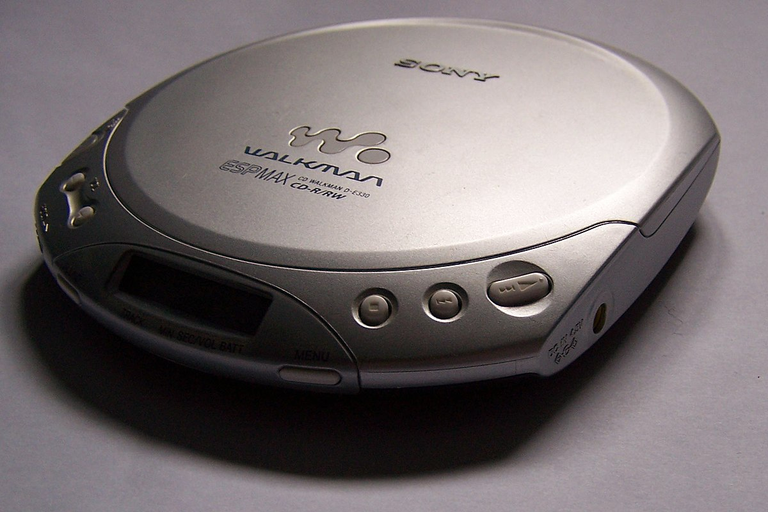



The Hive.Pizza team manually curated this post.
You can now send $PIZZA tips in Discord via tip.cc!
Thanks a lot for the support.
Regards